Why don't more low income consumers buy high quality, lower cost broadband?
Behavioural insight research shows that catching the attention of eligible consumers has more impact than simply promoting savings or quality
Reliable internet access is vital for life in the UK. Yet approximately 8 million UK households have difficulty affording a communication service. Around half of these households are eligible for social tariffs[1] – discounted broadband for people on benefits - which could save them up to £200 a year. But take up of these offers is low, relative to the number of eligible households. In September 2023 only 8.3% of eligible households[2] were on a social tariff. Ofcom’s Behavioural Insight Hub sought to understand why and find ways to increase awareness and take-up.
Scratching Below the Surface
First we investigated the hidden barriers to take-up. Cost, speed and reliability were all key concerns raised by consumers. For a significant minority, there was an aversion to being locked into a contract – arguably a rational response if you don’t know what your income will be from month to month. We also identified an assumption that cheaper deals meant less reliable broadband. In fact social tariffs tend to have the same speed and reliability as comparable commercial services, but many consumers associate low price with low quality.
Testing the Barriers
Our next step was to develop advertisements to address these barriers, which would increase awareness and interest, the first steps of take-up. Using minimal wording and simple imagery, we used Facebook’s advertising platform to compare the impact of different ads. The platform allowed us to monitor click-throughs to Ofcom’s social tariff webpage which contains information to help consumers sign up to a social tariff.
In the first round we ran a pilot A/B test comparing a money saving message with a message that combined money saving and speed of service.
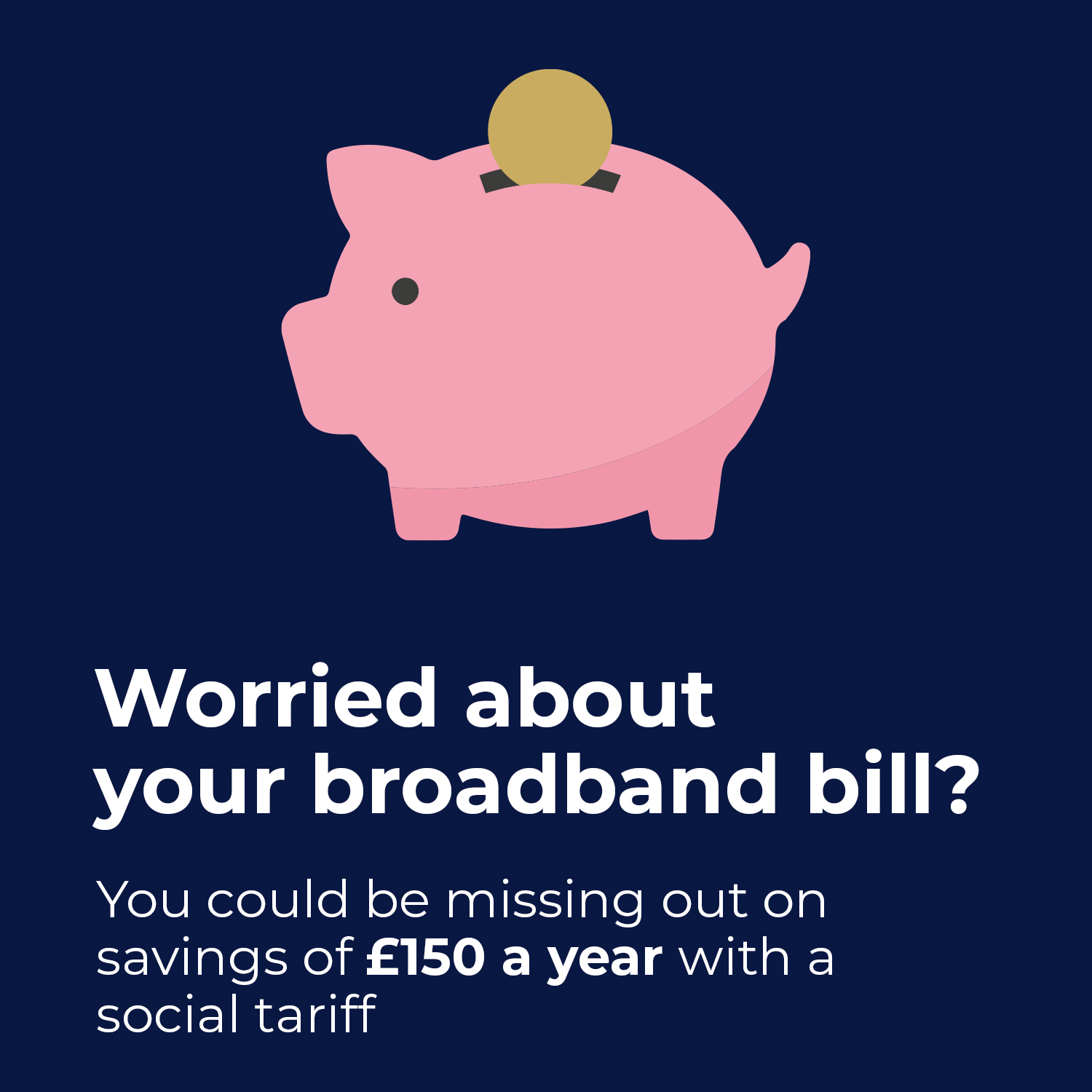
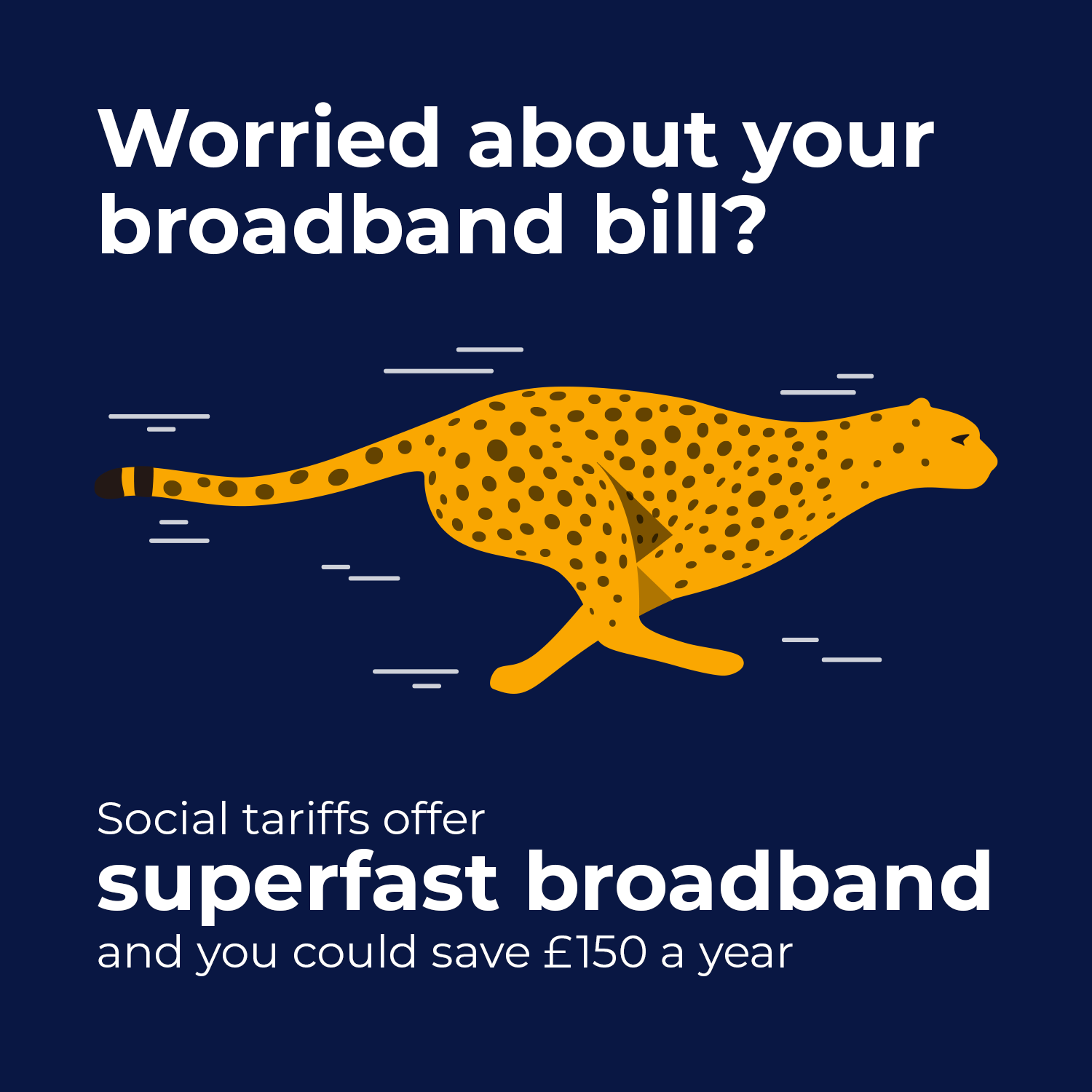
Results showed that, while messages on network speed led to click-throughs, cost-saving was a more effective driver of engagement[3].
In the next round we tested messaging that tackled further barriers: a message that conveyed money saving plus reliability; and a money saving plus no-commitment message. Borrowing from the Behavioural Insight toolkit we also included a targeting message. Instead of talking about the attributes of social tariffs, we took the money saving message and simply emphasised one of the target audiences – Universal Credit claimants.
The below four messages were developed for the second round of testing. From left to right: Control, Reliability, No commitment, Targeting Universal Credit.
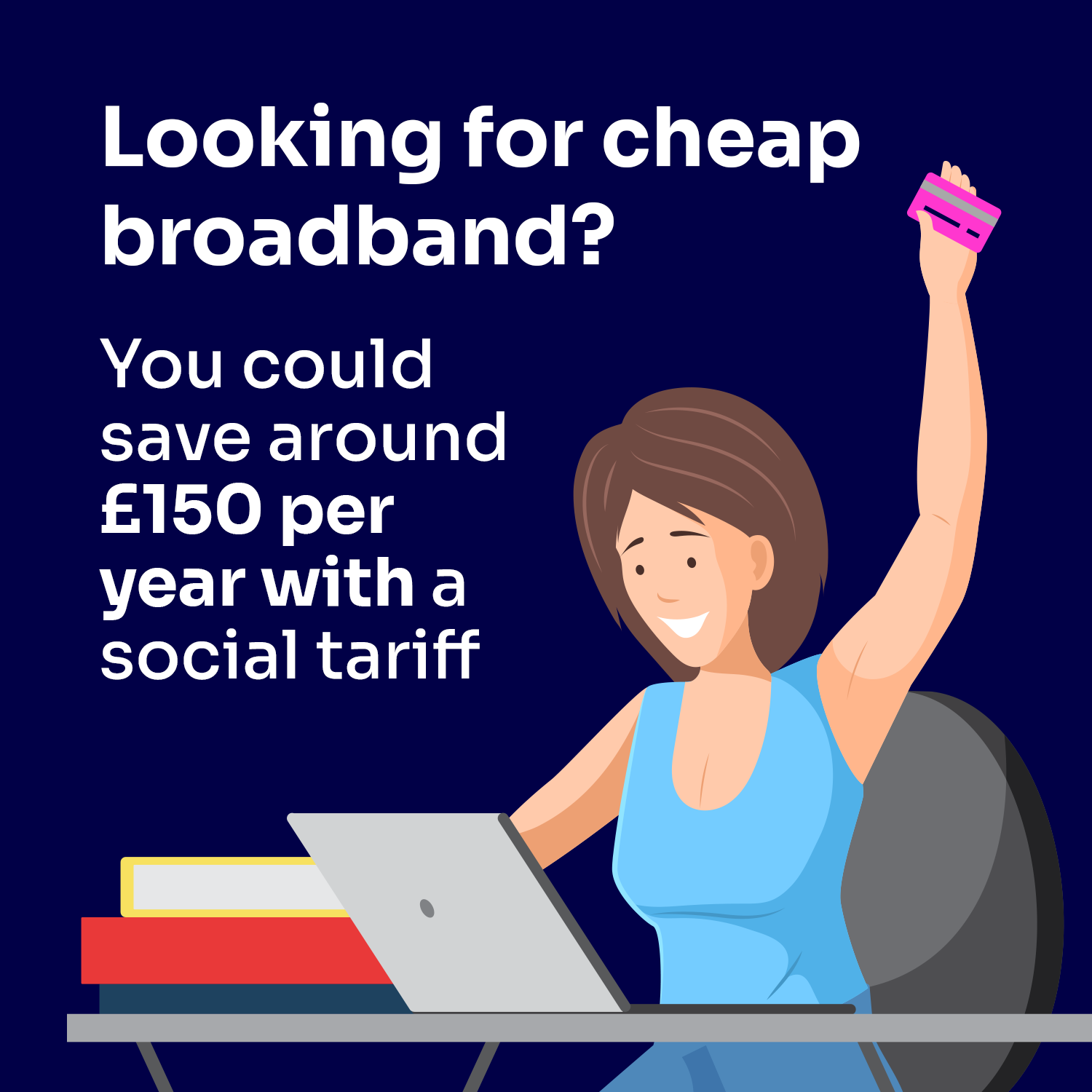
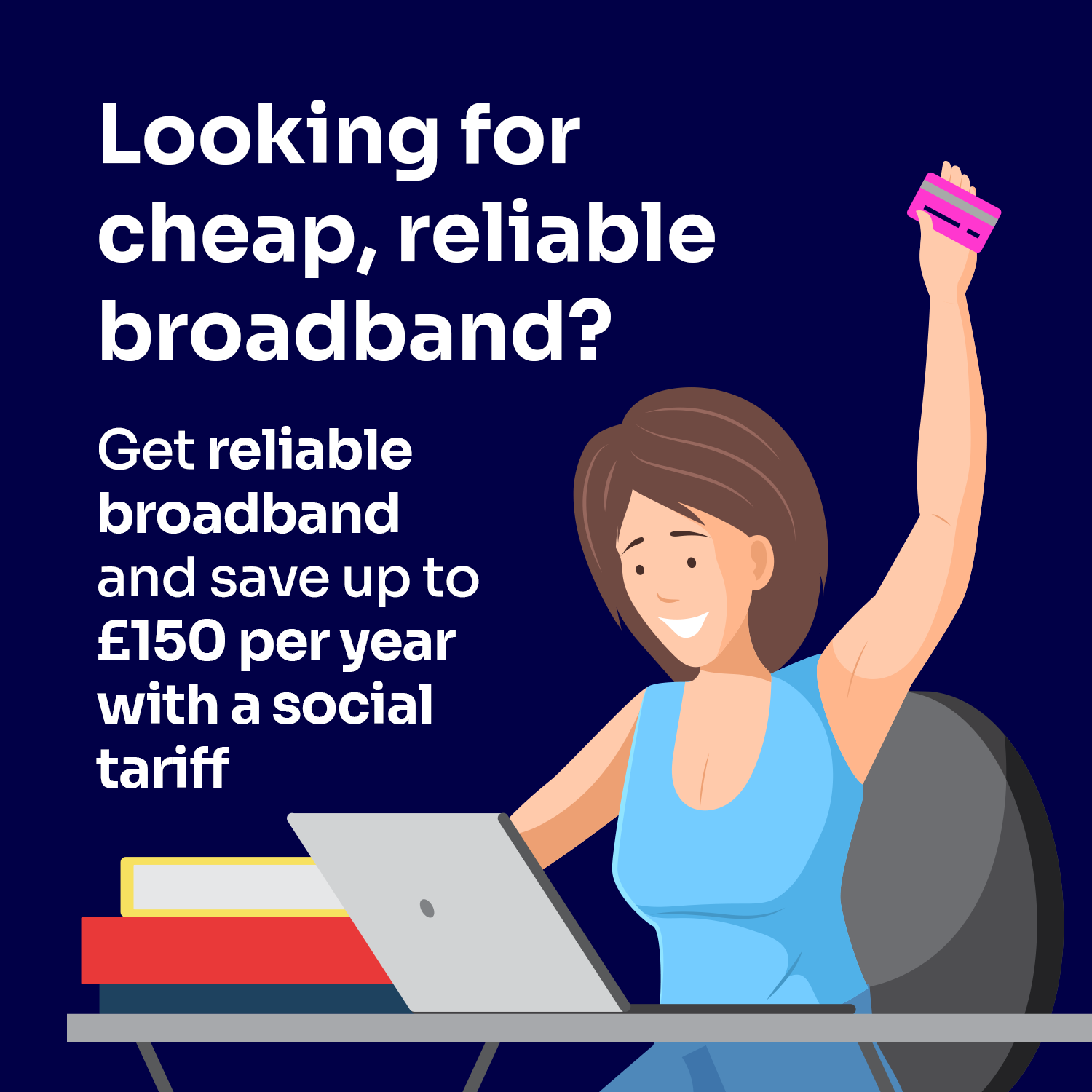
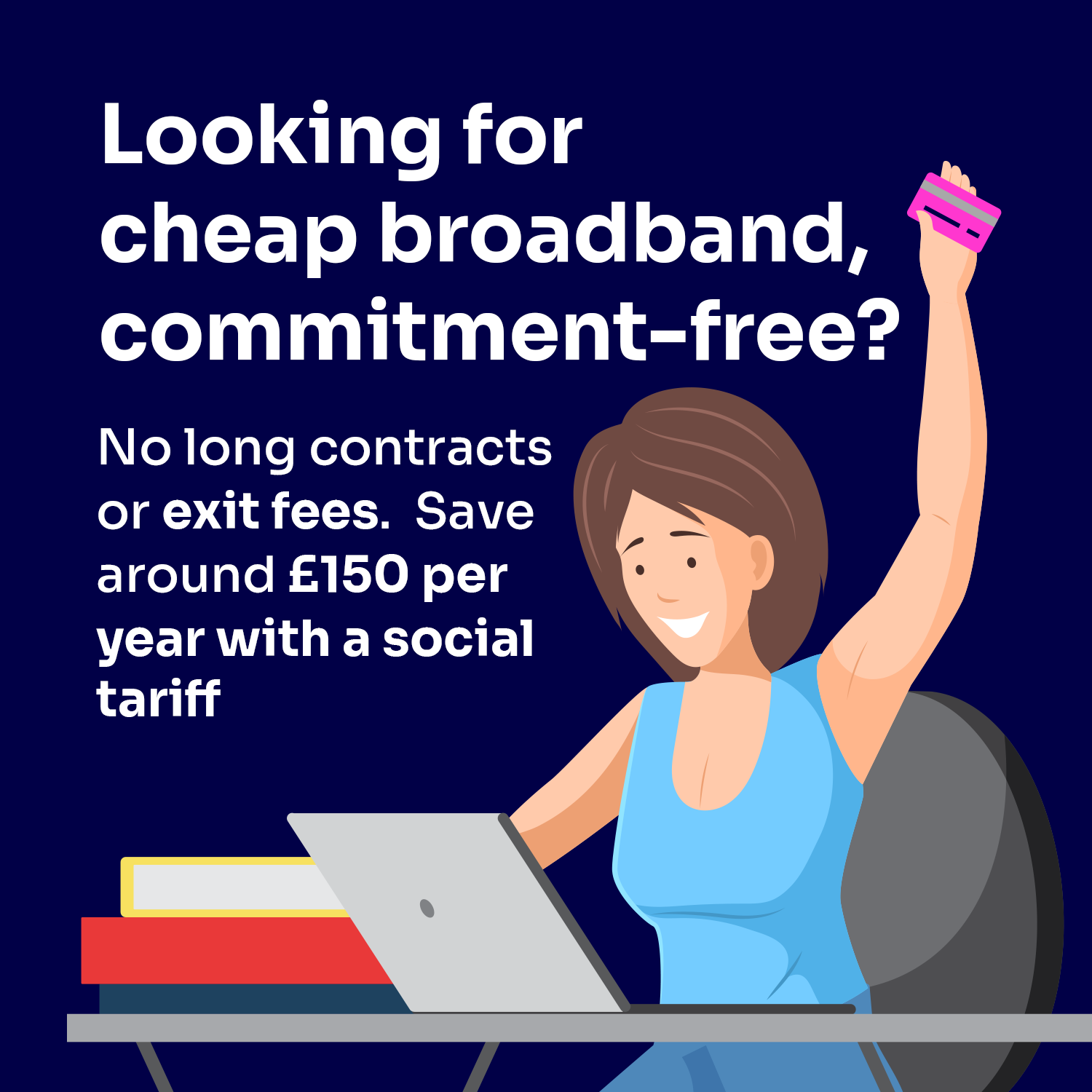

The results provide a notable insight – and also a conundrum. The performance of the targeting message is striking. Targeting outperforms messages about the attributes of social tariff products. In an online environment crowded with messages about money-saving that highlight the qualities of products, the impact lies in making it clear who qualifies for the deal. The advert effectively says, “we’re talking to you”. And this cuts through the crowd of messages.
The below graph highlights the engagement scores for each of the 4 messages tested.
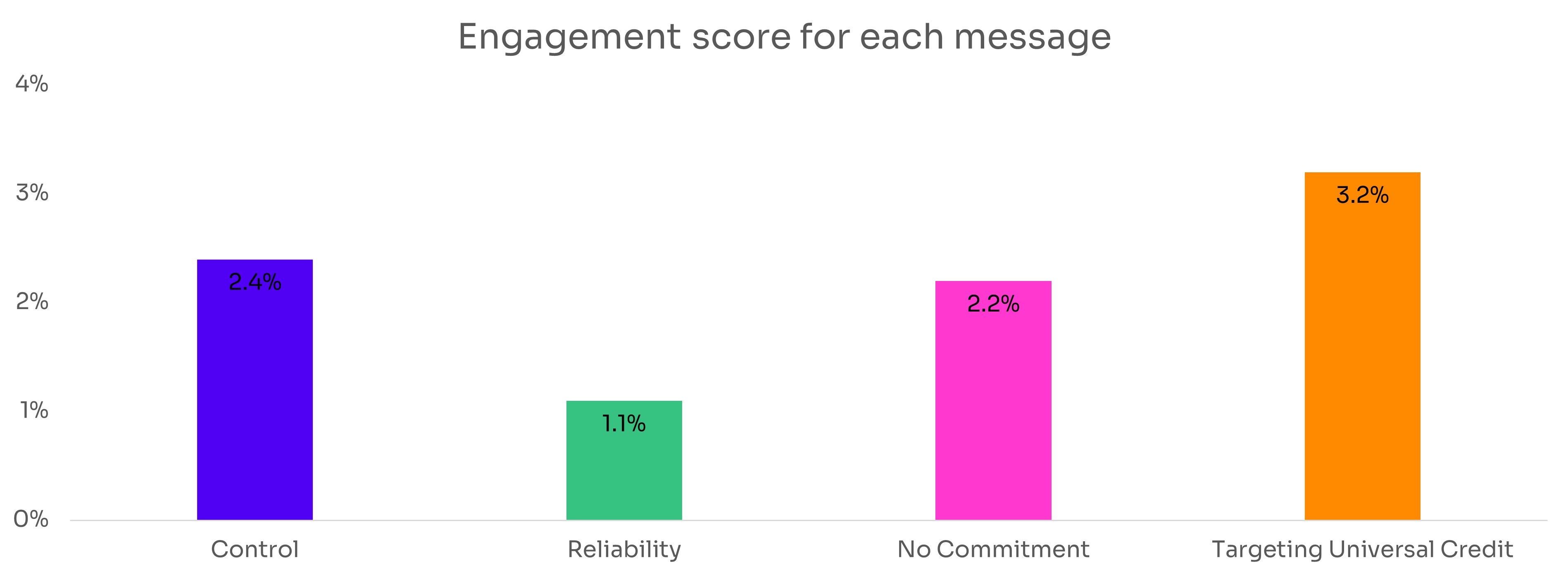
Don’t Rely on Reliability
The results are modest, but they do highlight an interesting conundrum - why does the reliability message perform so poorly? In our surveys, 66% of consumers highlight the importance of reliability – more than highlight price – yet it is the worst performing ad. One explanation is that the things that attract consumers attention are not the same things that make them complete a purchase. Kahneman’s famous distinction between system 1 and system 2 thinking can help explain.
The targeted messages trigger system 1 – our automatic, scanning, brain. Reliability is important, but perhaps not eye-catching, and is more likely to be picked up when consumer thinking becomes more considered and more deliberate – when system 2 kicks in.
When we remember that the ads are competing for attention on Facebook, an environment where catching eyes is king, this makes sense. Ads that make consumers stop and pay attention trump those that contain useful but less eye-catching information. In contrast this kind of information could play a greater role than targeting once consumers start deliberating about whether a social tariff is worth signing up for. But that won’t happen unless their attention is caught first.
The take-away: Target to spark the interest, attributes to complete it.
Our research indicates that, when creating ads to generate engagement, regulators should consider the importance of salience and targeting. Additionally, focusing the message testing with a particular audience in mind – in this case low income consumers – can provide valuable insights. As consumers progress towards deciding to purchase, product features may be more relevant to spur people to act.
Our research suggests a crucial first step to helping more people benefit from social tariffs is to catch the eye of those who are eligible.
Caveats
We used Facebook’s A/B testing function, with an audience of UK adults aged 18-55 with interests in money-saving, parenting and job-hunting. Facebook does not disclose their algorithm for showing advertisements to users. As a result, we are unable to assure the quality of the results to the same level as other online randomised controlled trials carried out by the Behavioural Insight Hub. We therefore regard this research as more exploratory and less conclusive.
| Phase | Message | Engagement score (%) |
|---|---|---|
| Phase 1 | Money Saving | 3.6 |
| Speed | 3.7 | |
| Phase 2 | Control | 2.4 |
| Reliability | 1.1 | |
| Flexibility | 2.2 | |
| Eligibility | 3.2 | |
| Phase 3 | Control | 1.2 |
| Reliability | 1.1 | |
| Eligibility | 2.9 |
Additional resources
Notes
Jasmine Nicholson and Rupert Gill wrote this piece, based on research by Amy Hume, Jasmine Nicholson and Rupert Gill.
Disclaimer: The analyses, opinions and findings in this article should not be interpreted as an official position of Ofcom. Ofcom’s Behavioural Insight blogs are written as points of interest and are the personal views of the author(s). They are not intended to be an official statement of Ofcom's policy or thinking.
Resources
[1] Figure quoted can be found within the Power BI dashboard ‘Proportion of respondents who experienced any communications affordability issues in the past month’, with selected month ‘April 2023’ and selected category ‘Benefits’.
[2] Ofcom’s Pricing Trends Report, p. 51
[3] Engagement was calculated in this case by dividing the reach of each of the advertisements with the number of click-throughs